Review: Castlevania: Lords of Shadow
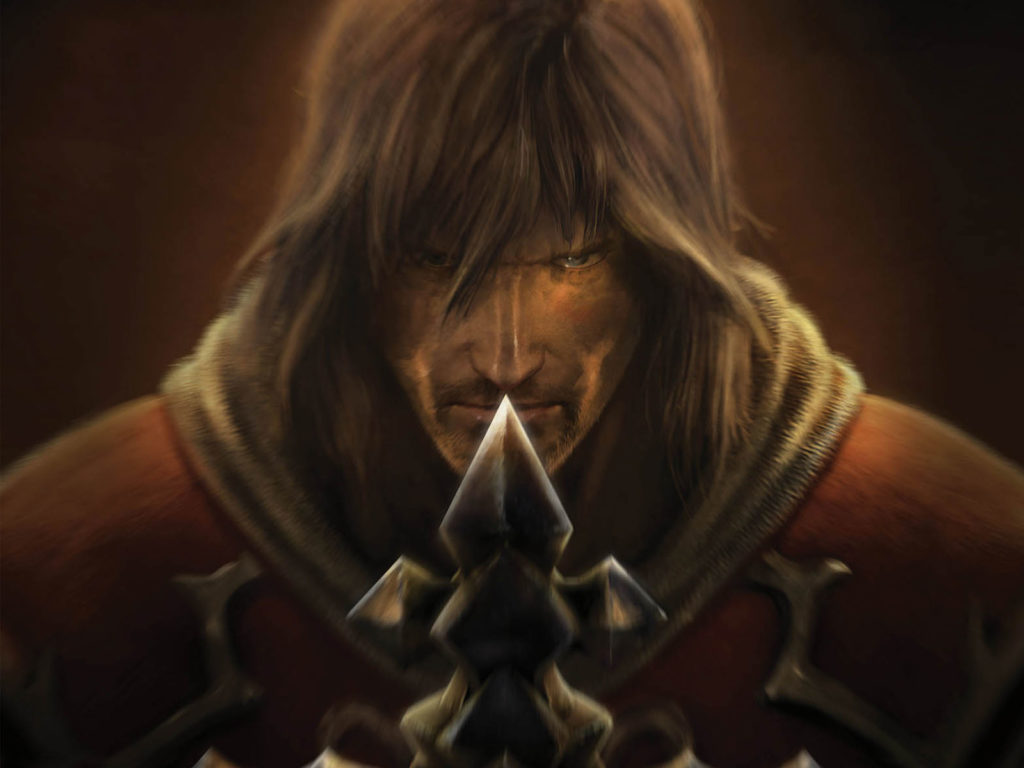
Introduction
Castlevania: Lords of Shadow is a 3rd-person action-adventure title from Konami. MercurySteam handled its development, while Hideo Kojima (of Metal Gear Solid fame) also contributed heavily to its creation. LoS is a 3D adaptation of the 2D side-scrolling titles from the NES days. The Xbox 360 version of the game is spread across two discs, attributable primarily to the vast amount of FMV data contained within.
Story
Rest assured: those unfamiliar with Castlevania lore will have no trouble becoming entranced in Lord of Shadows’ dark, Armageddon-themed story as this is a stand-alone plot. I will not spoil any story details, but as with any “end of days” scenario, the main character (Gabriel) is tasked with halting the demise of the human race, and is further motivated by reasons which will be made clear from the very first cutscene. The story served as a memorable companion to the gameplay and is lightyears ahead of the Ninja Gaiden series in this regard.
Gameplay
Combat, the core of the experience, is intense, fluid, hardcore, and ultimately satisfying. Those familiar with Ninja Gaiden’s controls and mechanics will feel right at home here. All of the usual suspects are present, including a chain-style blade, magic, and unique secondary weapons. The depth of the system feels just right. Continuous hits without taking damage fills your focus meter, after which all subsequent hits release magic energy. Blocking is a key element, as it more quickly fills your focus meter, and timing it right leads to devastating counterattacks.
The contrast between light and shadow magic creates unique combat strategies, as they can be combined with either your primary or your secondary weapons for different attacks. The combos are not only varied, but easy to memorize. My personal favorite goes to the Flame Cutter, in which Gabriel shoots out blades of fire while Shadow Magic is active.
The game is also puzzle-heavy in some levels. While most are not too difficult to decode, you are given the option to “unlock the solution” if your sanity is tested. Other sections of the game prioritize your platforming prowess, with long enemy-free stretches that force you to utilize Gabriel’s non-combat repertoire.
As might be expected with a title of this length, some levels are less enjoyable than others. A couple of the boss battles in particular are unnecessarily tricky, resulting in mild frustration and tedium. Most of the boss battles are highly satisfying, however, and were some of my favorite parts of the game. Unlike others in this genre, LoS uses a fixed camera perspective. While this sounds negative on paper, it accentuates the art direction and I only found it to be a hindrance in a few battles and platforming sections.
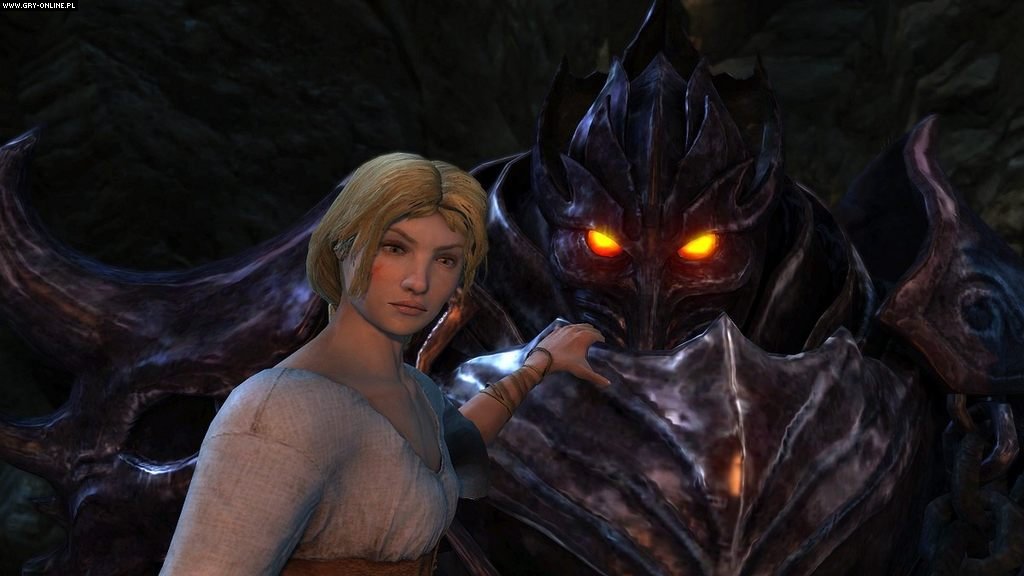
Regarding difficulty, LoS can be challenging in the beginning, especially for genre novices. However, as you level up Gabriel with more health, magic and combos, the game gets progressively easier. Providing some context may help readers better assess its difficulty. In my opinion, Ninja Gaiden II sits at the top of the genre in terms of sheer challenge, and LoS is decidedly more forgiving. Persistent checkpoints and a combat-specific strategy to regain health explain why. Make no mistake: LoS is a tough game (particularly on the highest difficulty); it’s just not nearly as challenging as the Ninja Gaiden series.
Visuals
In the past, there has been one title released each year which served to sustain my faith in current-gen console visuals. Dead Space was that title in 2008, Dirt 2 in 2009 and for 2010, it’s without a doubt LoS. The environments are highly stylized, and many jaw-dropping, in particular the outdoor enviros. Mercury Steam and Kojima did a superb job of creating a sense of scale, with the camera zooming far out from the player in non-combat sections to reveal the alluringly detailed backgrounds. The lighting is natural and realistic in both daytime and nighttime levels. And even though the single player is quite long, I never noticed any recycled set pieces as commonly experienced in other games. Fans can especially look forward to the Vampire Castle, an iconic set piece of the Castlevania series.
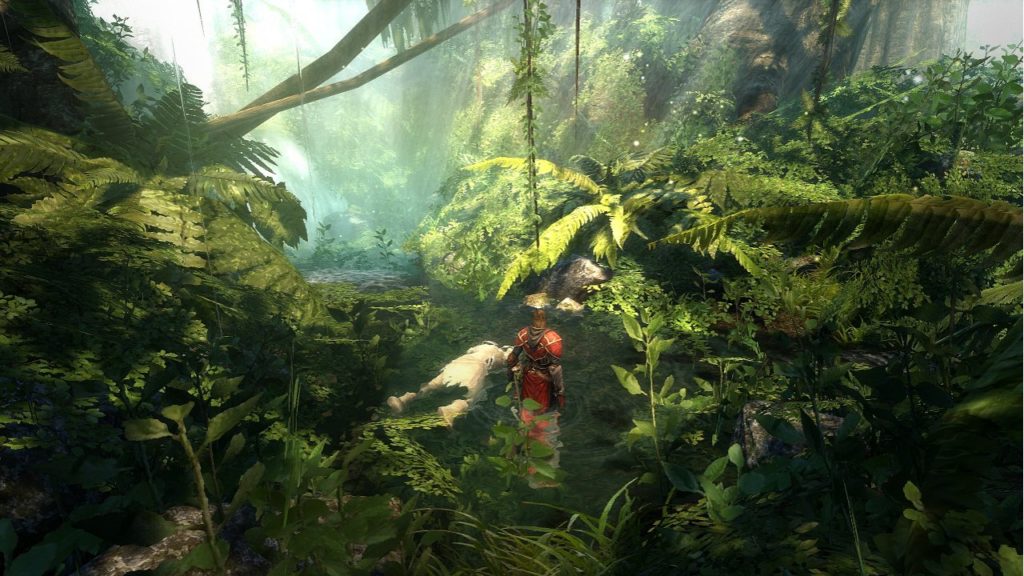
Animation is fluid, from the combat to the cinematics that connect chapters and significant events. Even hair texturing, one of the traditionally most difficult elements to animate, is handled very convincingly here. This is critical, as there are over 7.5 GB of pre-rendered FMV across the two discs. The many cutscenes look great and play out in an often fantastic fusion of gore, brutality, and flair. Clearly, they rival those of the Ninja Gaiden series. Accordingly, the many bosses in the game are both proportionally impressive and painstakingly detailed. From a visual fidelity standpoint, this is easily one of the best the 360 has to offer and is definitely one game you’ll want to show off to your friends on your HDTV.
Technical Specs: native 720p, v-synced to 30 frame/s (X360 and PS3)
Audio
Thankfully, the audio production values are equally as impressive as the visuals. The game was scored using a 120-piece orchestra. What results is an engaging and sweeping musical backdrop that not only provides authenticity to the sound but contributes to the “epic” feel of the story. The soundtrack was included in the limited edition of the game but can also be found online.
The voicework is about as good as it gets. Along with quality voice talent, the main thing I appreciated is that dialog is not clichéd or corny. Each line spoken is convincing and powerful. The narration prior to each chapter, handled by Patrick Stewart of X-Men and Star Trek lore, is a high point that should not be skipped by players. They really motivate you for the upcoming chapter.
Replay Value
With 12 chapters spanning two DVD-9 discs, the first playthrough took me around 20 hours (without skipping cutscenes). After you complete the story once, trials for each level are unlocked, along with Paladin (the highest) difficulty. It will likely take another 20 hours or more to complete all of these levels again to do the trials and complete on Paladin.
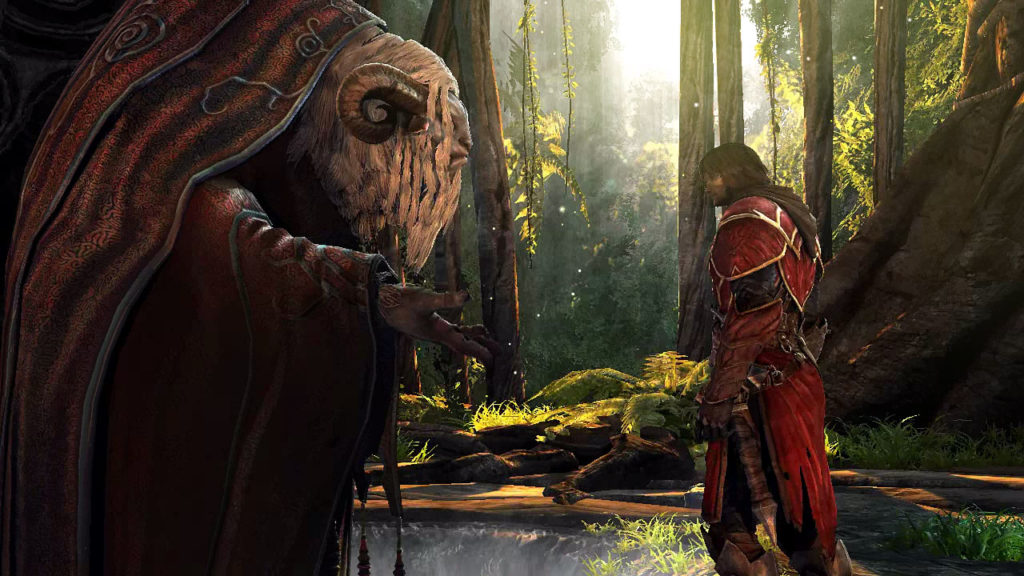
Conclusion
If not already apparent, I was enthralled with Lords of Shadow. From the immaculate production values, memorable characters, bosses and cutscenes, gorgeously striking visuals, enticing score, and addictive gameplay, I found it hard to put down. The game offers a nearly perfect balance of difficulty throughout the campaign and should be accessible to genre novices as well as the more hardcore. Despite a scarce few frustrating moments involving questionable design choices, this is a remarkably near perfect action-adventure game. While I think this should be in every 360 owner’s collection, if you’re a fan of this genre, it’s undoubtedly a must-own title.
Postscript: As an aside, I’d like to point out that I avoid the practice of assessing a particular piece of media in terms of originality. Virtually nothing is truly original anymore — whether it be music, film, or interactive media — as all concepts are inevitably inspired by those that came before. Here, the developers clearly drew inspiration from other reputable series such as God of War, Ninja Gaiden, and Assassin’s Creed. What’s principally important, in my view, is how enjoyable the experience is, and the combination of inspiration on offer in LoS is exceptionally executed.
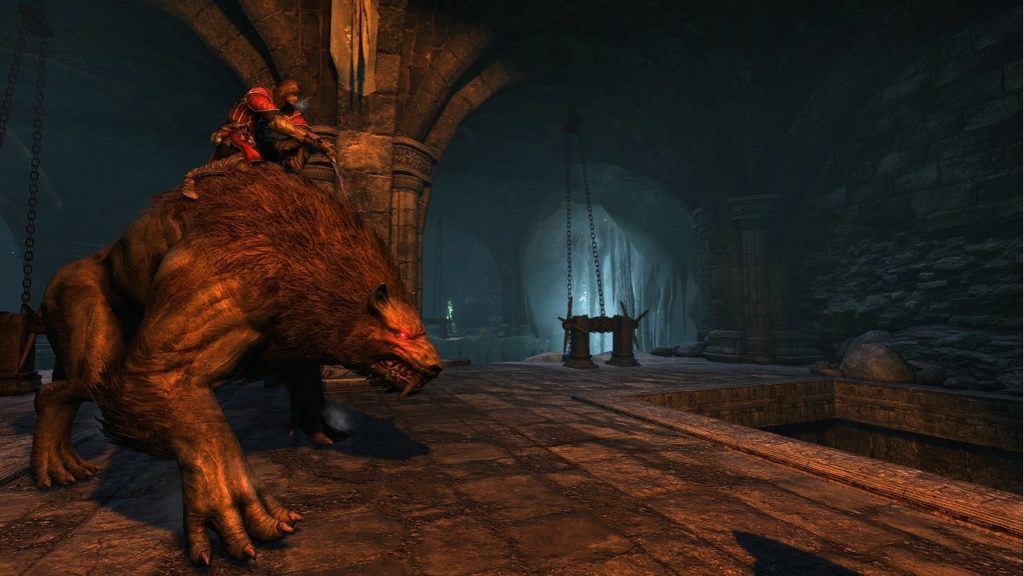


Comments